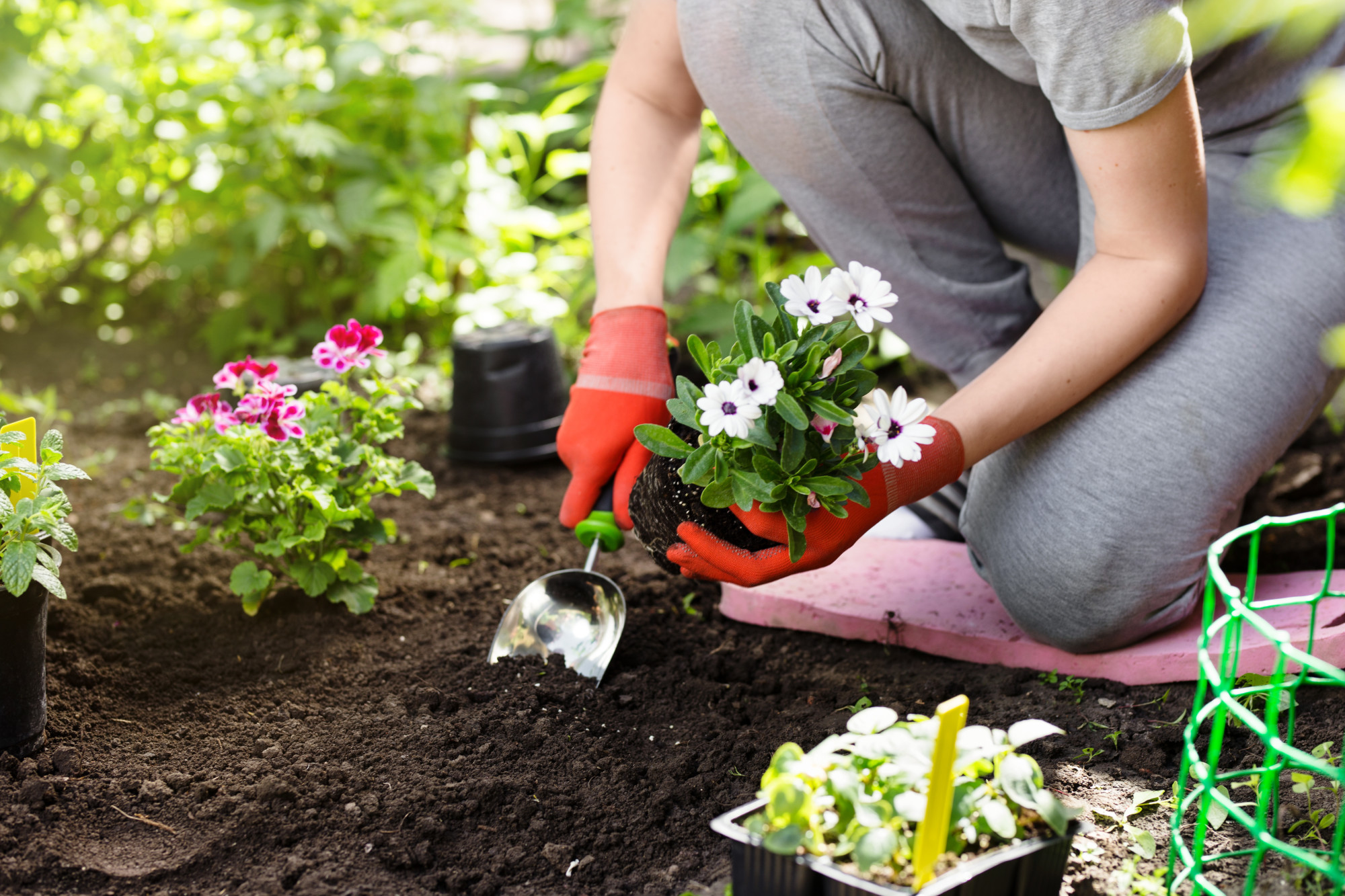
Are you dreaming of your spring garden? It’s never too early to start planning your garden to perfect your design and ensure plant health.
Understanding the site needs and limitations helps you plan your garden. Plants that are well-suited to the location will thrive. Creating a visually appealing layout and adding accents ensures the beauty of your space.
Keep reading to learn five garden planning tips.
1. Choose the Site
If you’re starting a new spring garden, choosing the location is the first step. Decide on the size and shape of the gardening area to help plan where you’ll place plants.
Location also impacts what you can grow. For larger plants, you’ll need enough space for them to grow well.
The soil type can affect what you can grow. You might need to amend the soil if it’s not ideal for the type of plants you want to grow.
Light levels in the area are also important. Plants can require full sun, partial sun, or shade. They might also require a certain number of hours of sunlight, so you’ll need to know what type of light the area gets to choose plants that work.
2. Pick Your Plants
Deciding what type of plants to grow makes your garden planning more concrete. USDA plant hardiness zones help you choose plants that will grow well in your area.
If you’re not sure what to plant, check out seed catalogs or websites to get ideas. Pinterest and gardening magazines can also be a source of inspiration.
3. Design the Layout
Sketching a layout of your garden helps you decide where to plant each item. Keep in mind the colors and heights of different plants to create a balanced, appealing design.
The size of each plant is also important. Consider the full size of the plant, including height and width, to ensure every plant has enough space to grow well.
4. Create a Planting Timeline
With your plants chosen and design in place, you can create a planting timeline. If you’re growing your plants from seed, you might start them earlier indoors.
Deciding when to plant depends largely on your climate. If you’re in a northern climate with cold, long winters, you’ll need to wait longer to start planting. The type of plants you’re growing can also affect when you plant.
5. Plan for Garden Accents
The plants in your garden are the main focus, but adding garden ornaments and other decorative elements polishes the look. Garden stakes and pinwheels add height to your garden, while landscaping lights illuminate your plants at night and draw attention. Birdbaths, bird feeders, and garden benches add a functional element to your garden decor.
Consider the overall look and theme when choosing your garden accents. Pick decorations that enhance that design and complement your plants.
Plan Your Spring Garden
It may be too early to start planting your spring garden, but it’s not too early to start planning it. A pre planned garden is better able to thrive with ideal growing conditions, and it looks cohesive and beautiful.
For more helpful tips for your life, explore our archives.





